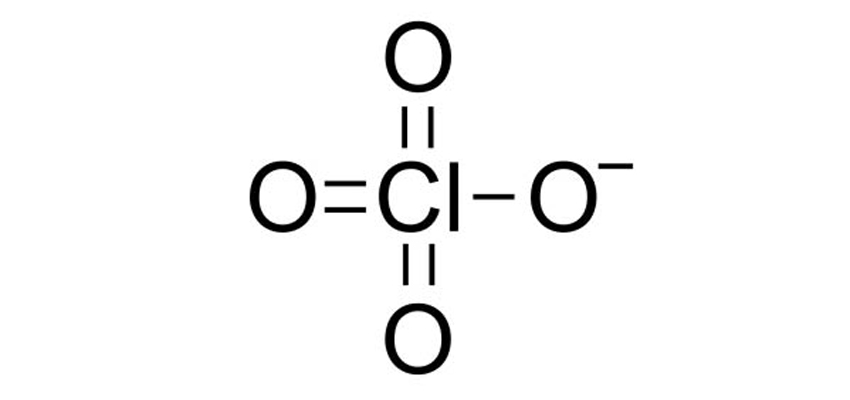Perchlorate is an ion, derived from salts of perchloric acid, which is found naturally in the environment. In addition to fertilizers, two other possible sources of perchlorate are soils and irrigation water. The ion is usually absorbed by the plant along with the water or fertilizer through the soil, as it happens with the nutrients, and is deposited in the tissues or fruits, without until now known mechanisms of transformation inside the fruits.
Since 2013, the European Food Safety Authority (EFSA) has investigated the presence of perchlorate in food, because it is a pollutant that competes with the thyroid's absorption of iodine, possibly in the long term, and depending of the concentrations, produce hypothyroidism, especially in populations with iodine deficiencies in the diet and in children under 12 years.
Since then, it has followed a special follow-up in the following food group:
- Fruit and vegetables, and their derived products including juices
- Food intended for a special diet of infants and young children
- Dried herbs and spices; the tea; infusions of herbs and fruits
- Drinks, including drinking water
The European Commission requested EFSA to perform an updated human exposure assessment to perchlorate taking into account the occurrence data available in the EFSA database from samples taken after 1 September 2013. Based on this mandate, 18.217 analytical results corresponding to the requested criteria were extracted from the EFSA database on 6 April 2017 and analysed to determine the occurrence levels in different food groups and consequently estimate the human dietary exposure to perchlorate. On 24 October 2017 EFSA has published a new review about the dietary exposure assessment to perchlorate in the European population.
Among the data of this evaluation the following stand out:
- Relatively high mean values were found in dry plant products such as tea and other infusions (324 μg / kg) and herbs, spices and condiments (63 μg / kg).
- Among the fresh vegetables, relatively high average levels were found in radishes (117 μg / kg), arugula (75 μg / kg) and spinach (132 μg / kg).
- ‘Vegetable and vegetable products’, ‘Milk and dairy products’ and ‘Fruit and fruit products’ are important contributors to the exposure across all population groups. Other food groups are more relevant for specific population groups, like ‘Food for infants and small children’ among Infants (0 to 3 years old), ‘Fruit and vegetable juices’ among children and adolescents (1 to 18 years old) or ‘Teas and herbal infusion (beverage)’ among adults.
AGROLABGROUP analyses chlorate and perchlorate accredited under the ISO 17025.
by AGROLAB Spain

 Contact
Contact

 Contact
Contact Career
Career